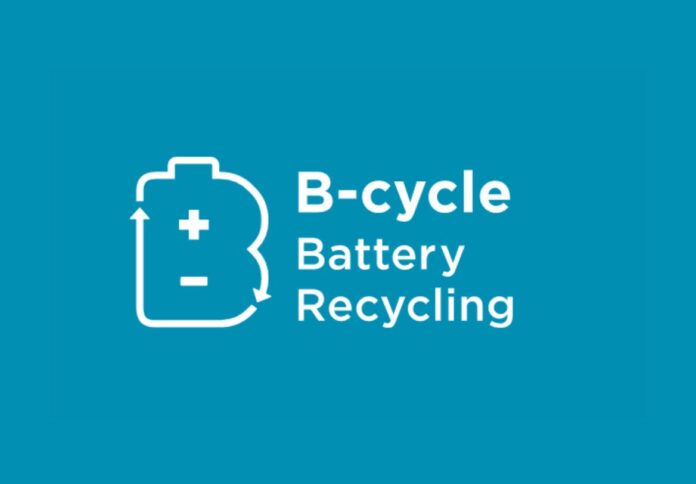
Australia’s official battery recycling scheme, B-cycle, has reported progress in its second year of operation, collecting 2,935 tonnes of used batteries in 2024, marking a 24 per cent increase from the previous year.
Launched by the Battery Stewardship Council (BSC) in 2022, the program has recycled over 6.2 million kilograms of batteries, helping to prevent hazardous materials from entering landfills, as noted in a news release.
The B-cycle 2024 Positive Charge Report revealed a 73 per cent recovery rate of materials from recycled batteries, with these materials being repurposed into second-life products.
However, the scheme’s collection rate of 15.3 per cent, representing the proportion of batteries collected versus those available for recycling, highlights the need for further innovation and regulation to improve participation.
B-cycle CEO Libby Chaplin expressed optimism about the achievements, but stressed the urgency for continued action.
“These achievements are a testament to the transformative efforts of Australian households, industry participants, and government partners,” Chaplin said.
“But the battery revolution we are experiencing is accelerating fast, and so too must our systems for managing the risks and opportunities that come with it.”
One of the key drivers of B-cycle’s success has been the expansion of its Drop off network, which now includes over 5,200 locations across Australia, up from fewer than 1,000 when the scheme launched.
This increased accessibility has contributed to a rise in recycling rates, with 36 per cent of Australian households now recycling batteries regularly, compared to 25 per cent in 2021.
“A wide range of industry partners collaborating is at the heart of this progress,” Chaplin said.
“By working together, we’re tackling the challenges of battery stewardship head-on—improving recycling, expanding access, and addressing new issues like e-scooters and embedded batteries.”
Australia’s battery recycling efforts have surpassed global benchmarks. B-cycle’s collection rate of 14.7 per cent in its second year outperformed Europe’s 10.7 per cent at a similar stage, positioning Australia alongside established schemes in countries like Canada and Belgium.
Chaplin emphasised the significance of these achievements, noting, “This is proof that Australia can lead the world in battery stewardship.”
Looking ahead, B-cycle said it has plans for its next phase, B-cycle 2.0, which will include expanding coverage to categories like e-bikes, vapes, and embedded batteries.
Collaboration with government stakeholders is also underway to introduce regulatory reforms that support full-cost recovery and ensure no-cost recycling for consumers.
Chaplin highlighted the urgency of proactive planning as the electrification of transport continues to grow.
“This is not just about recycling what we have today – it’s about creating a system that anticipates and addresses the challenges of tomorrow,” she said.
The report also drew attention to the rising fire risks posed by improperly disposed batteries and the need for safety education and innovation in recycling.
Despite improvements, only 22 per cent of households are taping batteries for safe disposal, underscoring the importance of sustained efforts to improve public awareness and recycling practices.
Chaplin noted, “This progress is a result of shared commitment across industries, government, and communities. Our collective efforts are creating real change, but the work is far from over.”
She concluded, “With growing challenges on the horizon, we need to remain innovative and united in building a sustainable, forward-thinking battery stewardship system for Australia.”




















